
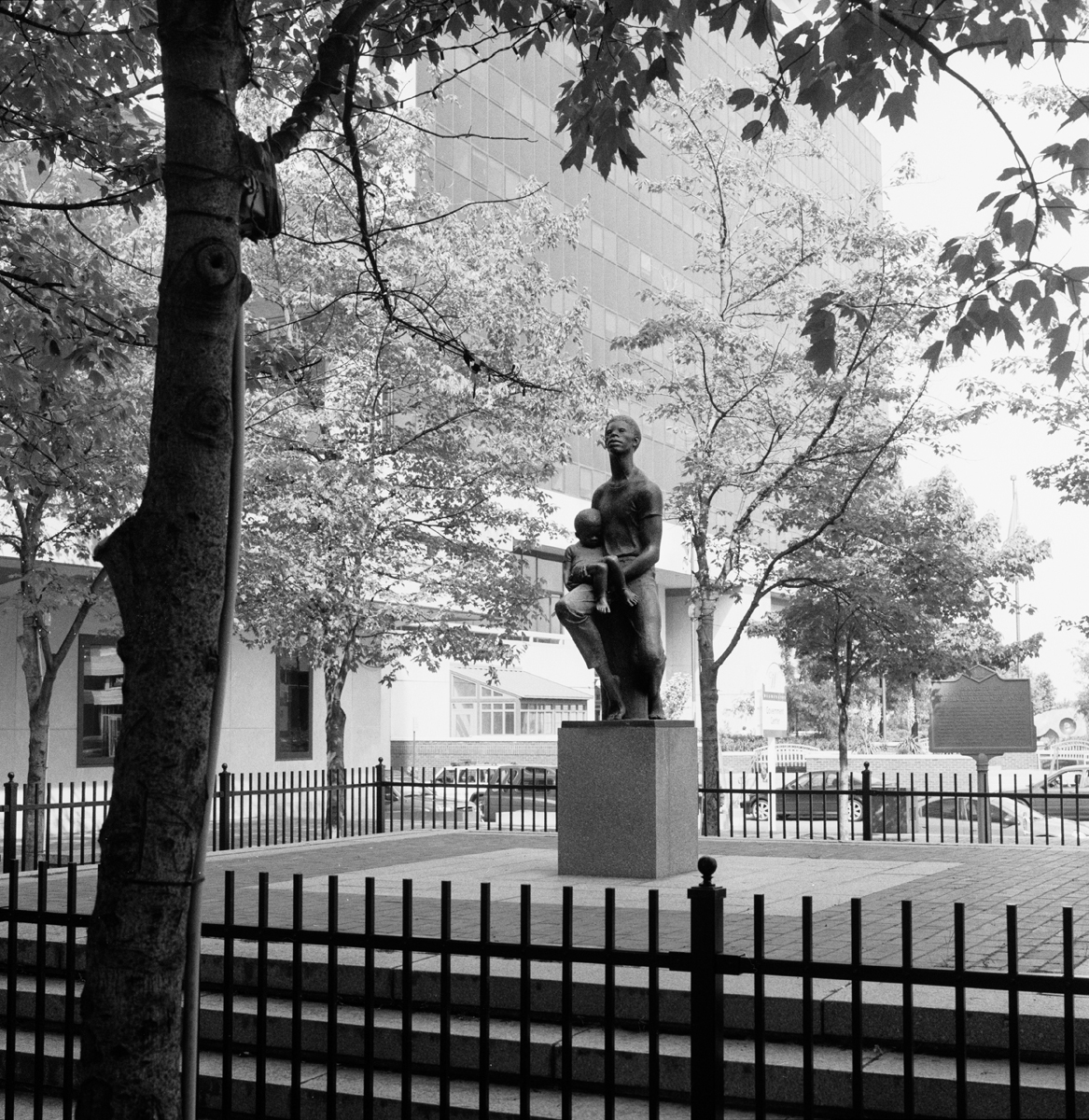
Spencer born a slave was the founder of the Delaware Black Church Movement. In 1813 on this site he founded The Union Church of Africans, presently known as the African Union Methodist Protestant Church. The church stood at this site until 1970 when the congregation moved to a new building. Under Bishop Spencer’s leadership the church and its members were active helpers on the Underground Railroad in Delaware.
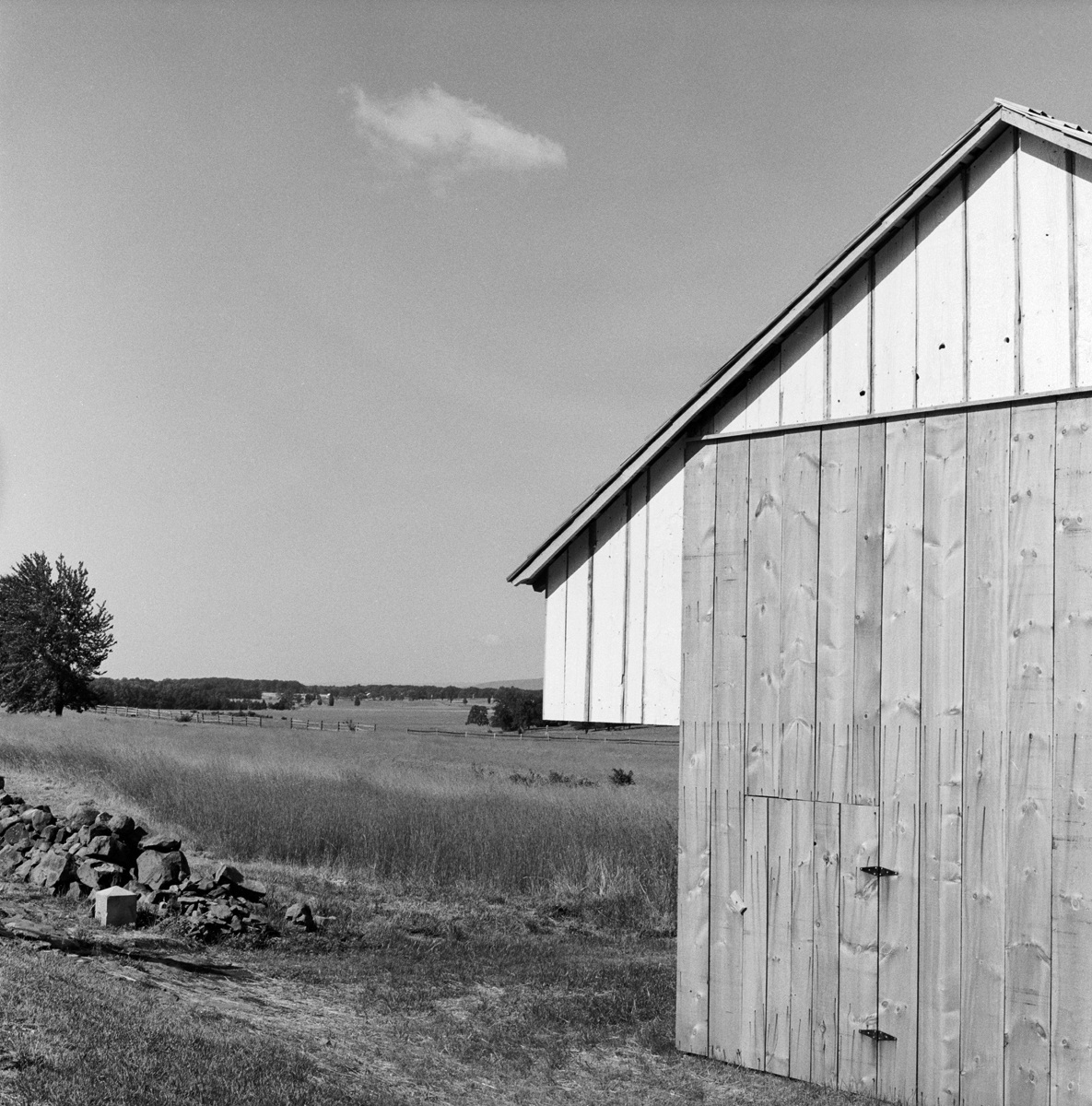
Abraham Brian, a freedom seeker, escaped slavery and through hard work purchased a twelve-acre farm in 1857. His farm was used as a station on the Underground Railroad. Brian successfully farmed the land, until his crops and buildings were destroyed during the battle of Gettysburg in July of 1863. Bullet holes from the battle can be seen in the upright corner of this photograph. The Brian farm and barn is located near the Alexander Dobbin House, another station on the Underground Railroad on Steinwehr Avenue. Both of these sites are within a short walking distance of Gettysburg National Military Cemetery and the stone marker locating the podium where Abraham Lincoln delivered his immortal Gettysburg Address on November 19, 1863.
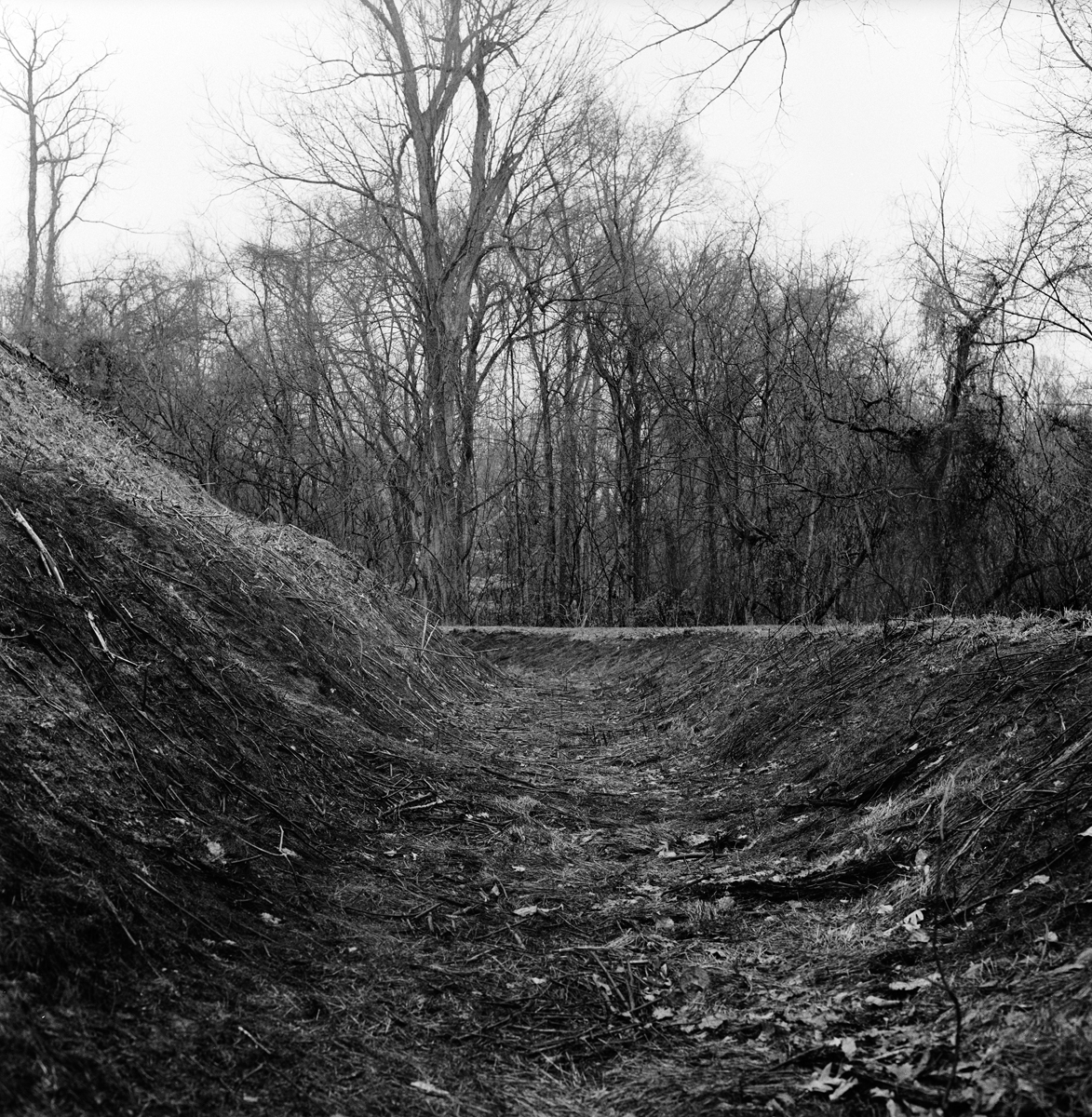
The massacre of African American soldiers on April 12, 1864 led to an investigation by the US Congress’ Committee on the Conduct of War. The soldiers, who were shot while surrendering, and the battle dead, which included women and children, were buried in the trench at Fort Pillow (shown in this photograph) by Confederate soldiers. Later the bodies were removed and buried in the Memphis National Military Cemetery. After the massacre, African American troops adopted the battle cry “Remember Fort Pillow.”
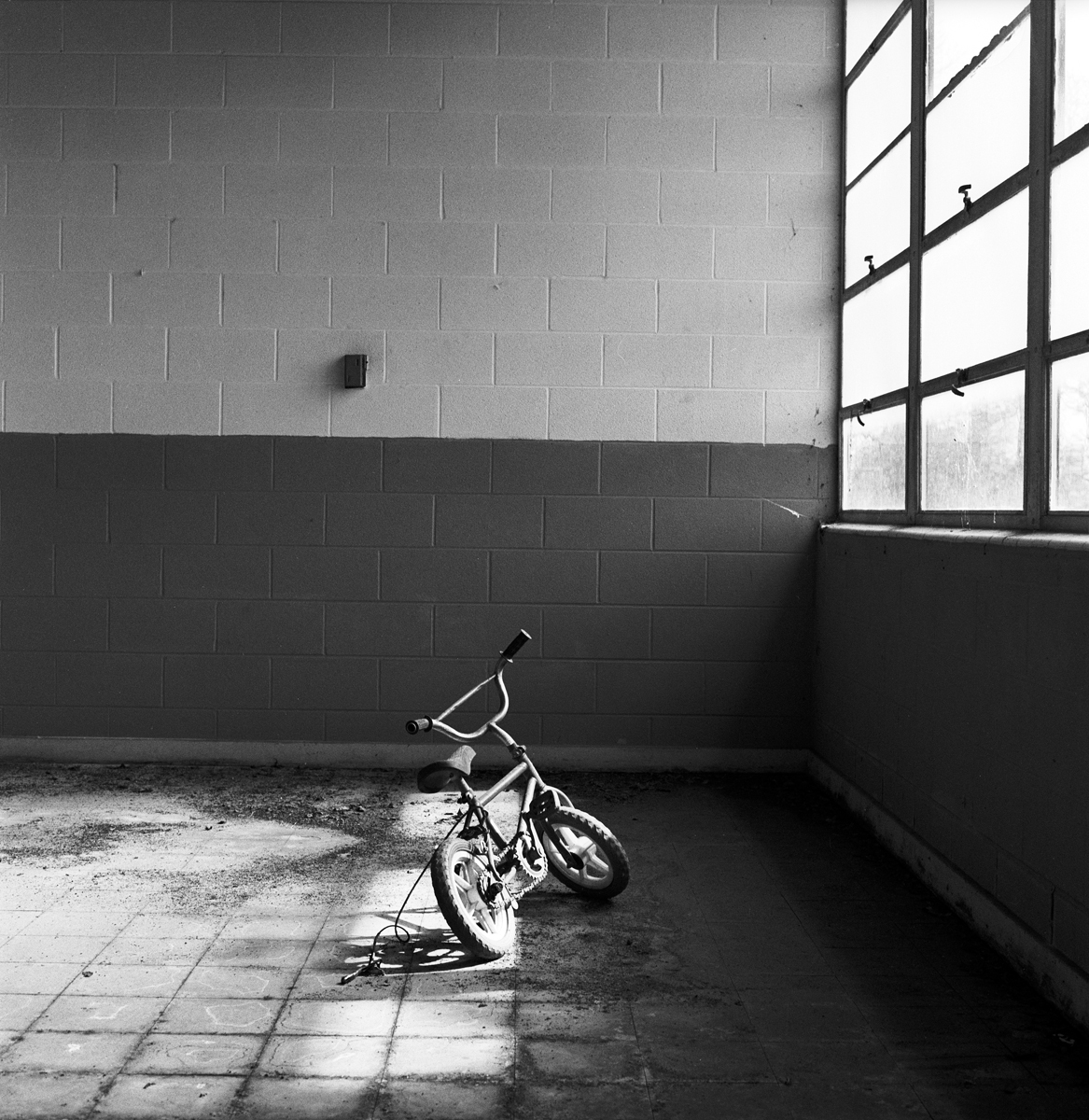
Trinity School; a Freeman’s School organized in 1865 and sponsored by the American Missionary Society moved to the grounds of Fort Henderson in 1907.; The school served the African American community until it’s closing in 1970. Books; clothing and equipment were left; as they were when the school closed. The building including the auditorium became a ruin.
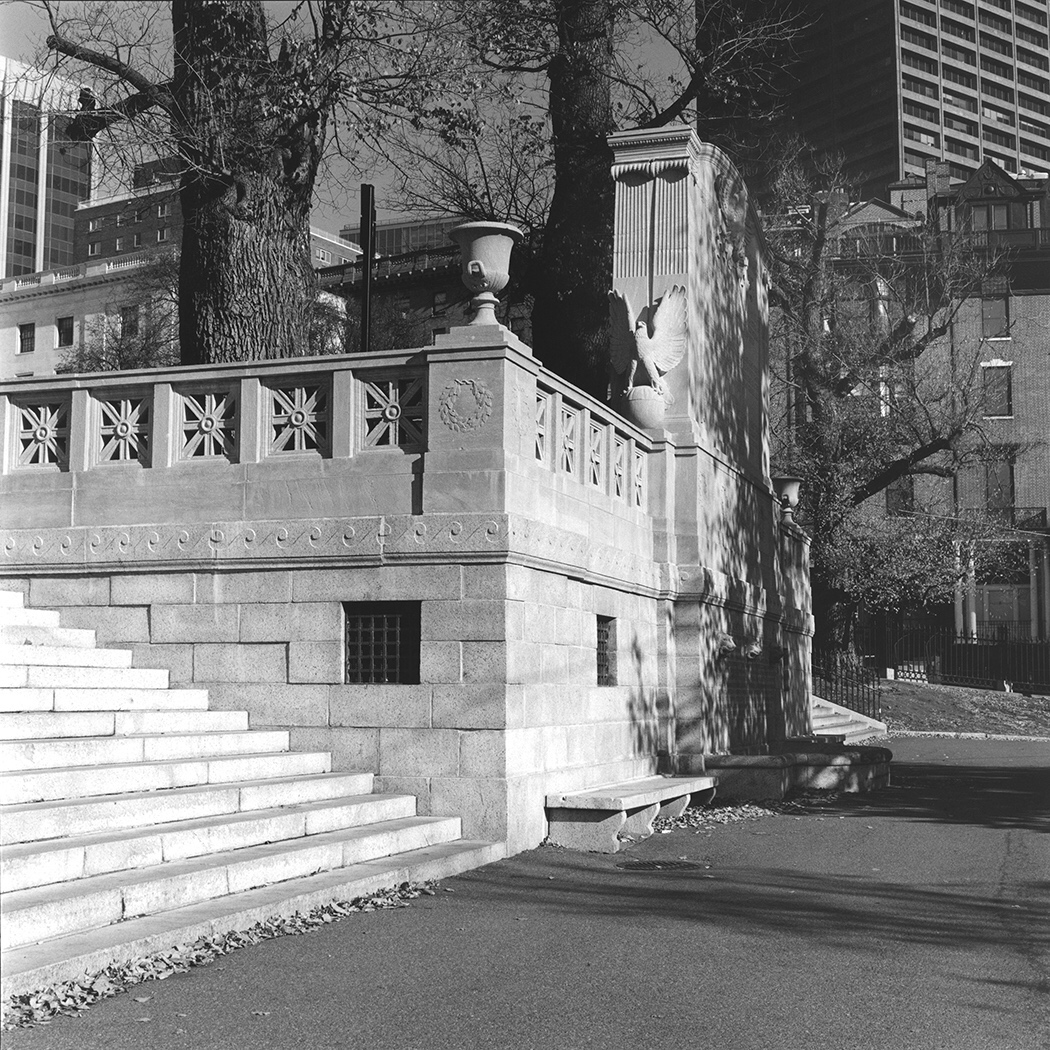
American sculptor, Augustus Saint-Gaudens, memorial monument to the men of the 54th Massachusetts was commissioned by the veterans of the regiment and supporters in the 1880s and dedicated as a monument in 1897. The Shaw Memorial has been acclaimed as the greatest American sculpture of the 19th century. It commemorates the valiant efforts of Colonel Robert Gould Shaw and the men of the 54th Massachusetts, the first Civil War regiment of African Americans enlisted in the North. Its site on Boston Common marks the spot were the regiment marched by the State House on May 28, 1863 as they left Boston to board sea transport for the South.
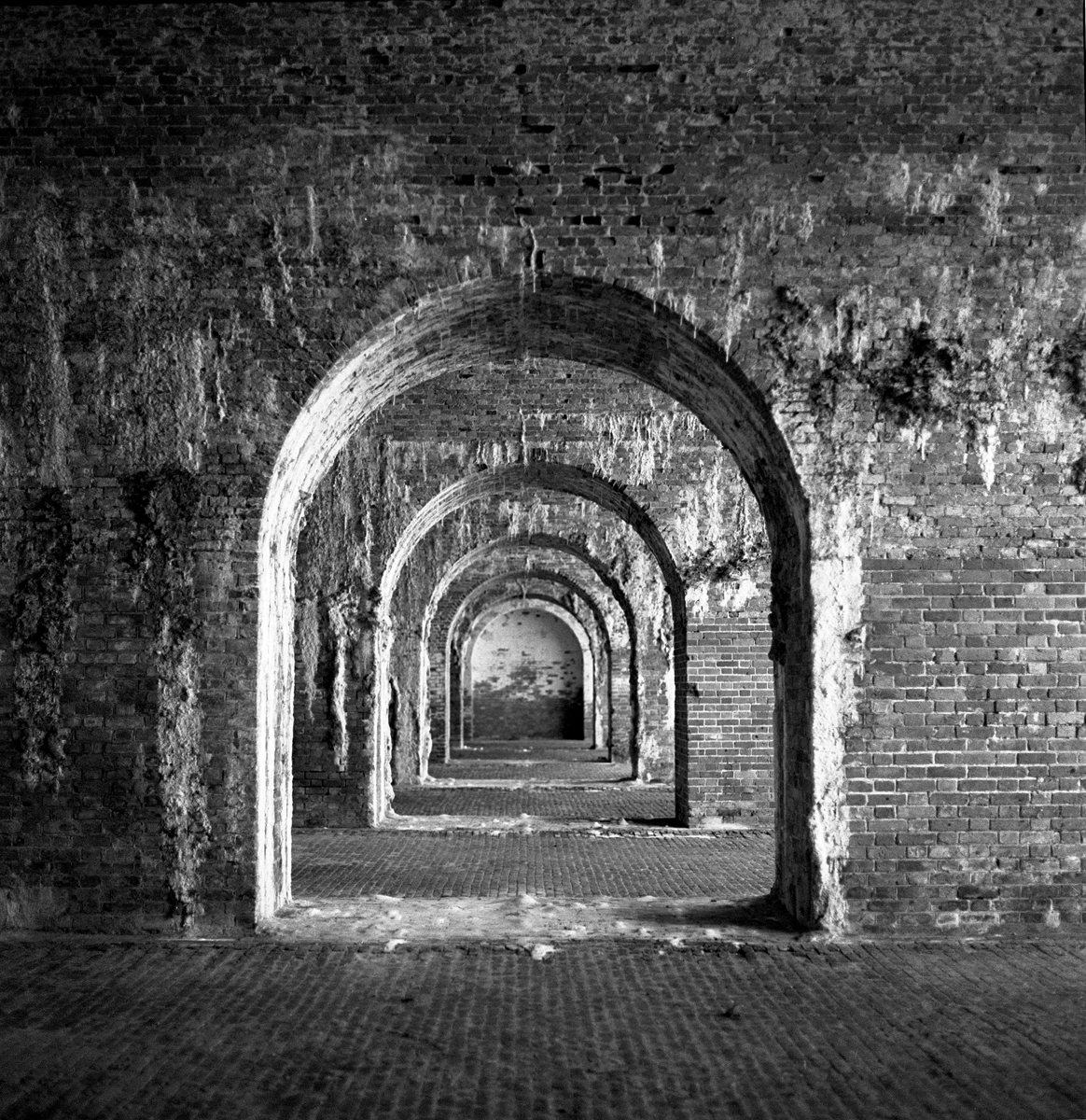
An estimated 20,000 African Americans served in the Union navy during the Civil War. Free men were always welcomed to serve in the navy. Long before runaway slaves were allowed to join the army, these freedom seekers were encouraged to join the navy. A number of African American sailors were on board Admiral Farragut’s fleet, and African American soldiers were present to fight in the land and sea operations for control of Mobile Bay from August 5 to August 23, 1864. Fort Morgan fell to Union forces with the loss of only one ship. The Tecumseh, an ironclad thought to be invincible, fell to the mines placed by Confederate troops, but the Union navy emerged victorious, their firepower overpowering the brick defenses of Fort Morgan. Four of the twenty-five Medals of Honor awarded to African American soldiers in the Civil War were awarded to sailors in the United States Navy fighting during the Battle of Fort Morgan.
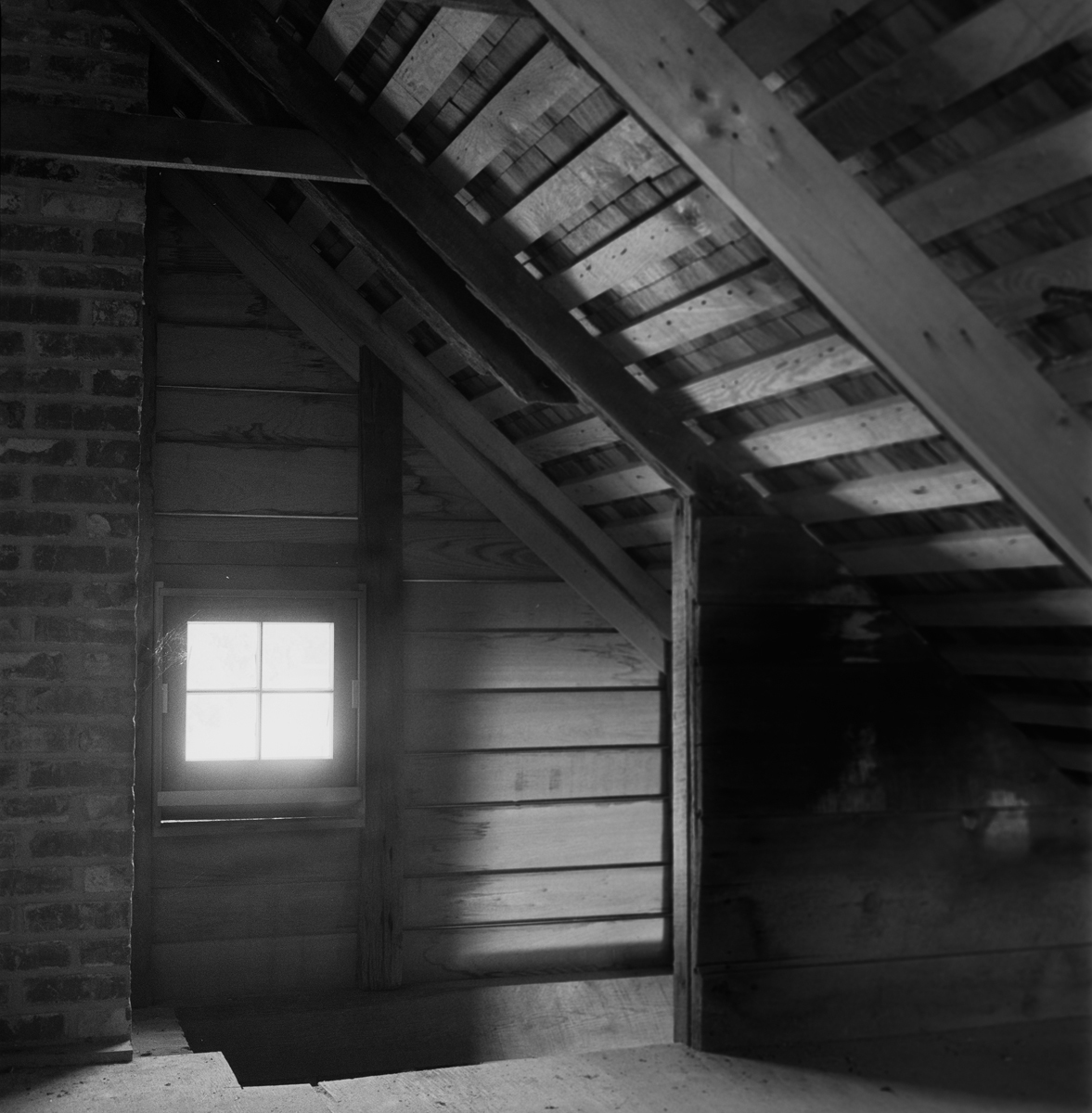
Hermitage Farm, Centreville, is located on the Eastern Shore of Maryland and has been continuously owned and occupied by the Tilghman family since the second half of the 17th century. This building is located where historical records and maps place the slave village. It is the only surviving structure and prior to its renovation in 2003 was found to have had structural renovations in the mid-19th century.

November 30, 1864. U.S.C.T. 32nd, 35th, 54th and 55th Massachusetts, and 102nd Infantry.
These troops were part of an expeditionary force under the command of General John Hatch. It mission was to support General Sherman’s march to the sea from Atlanta by destroying the industrial infrastructure of the Confederacy along the Atlantic seaboard. The expeditionary force first objective was to destroy the Charleston and Savannah Rail Road line near Honey Hill. The Union Army meets stiff resistance from the enemy was outmaneuvered and suffered significant casualties and met with a defeat at Honey Hill.
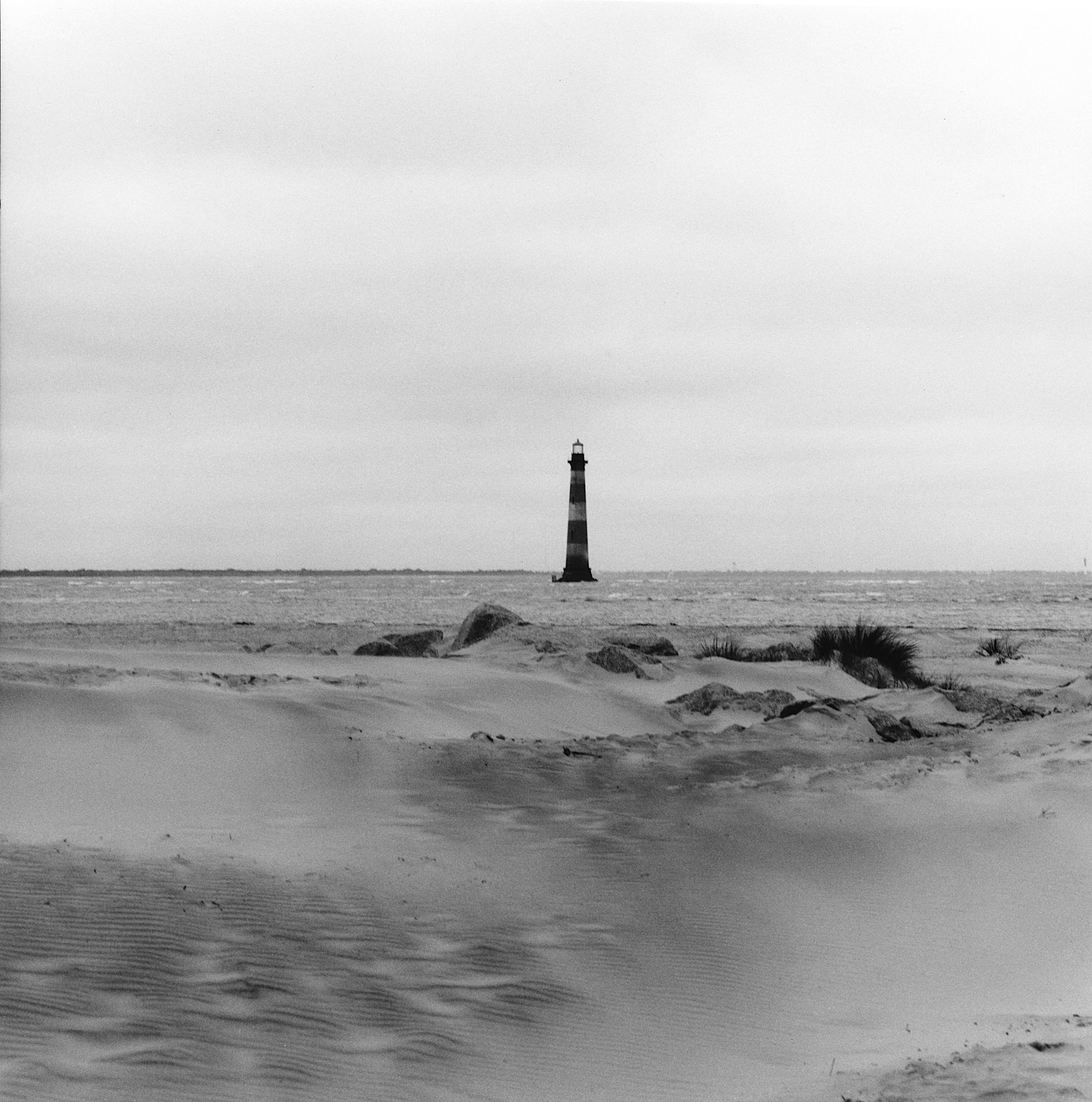
July 18, 1863. 54th Massachusetts Infantry.
This was the approach route of the 54th Massachusetts Regiment in the lead column of the forces in the attack of Battery Wagner guarding the entrance to Charleston harbor. Due to construction by the Corps of Engineers all that is left of Morris Island and Battery Wagner is the lighthouse, which was the final resting place of Colonel Shaw, Commander of the Regiment. Shaw’s body was stripped of its uniform and thrown into a burial pit with his men outside the walls of Battery Wagner by a Confederate burial party the next day.
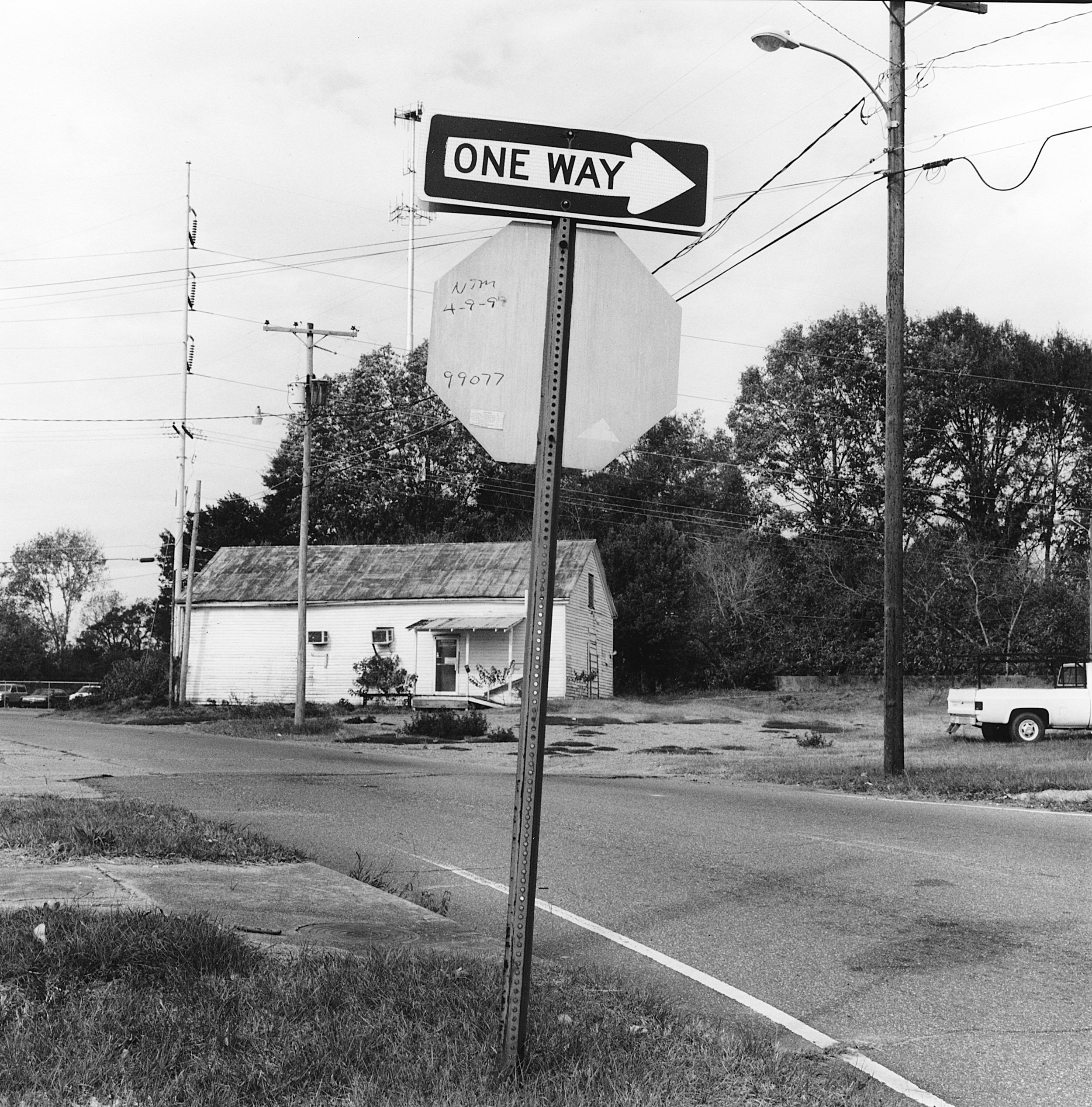
This was the site of the South’s second largest slave market in the nineteenth century. Enslaved people were also sold on city streets and at Natchez Under the Hill. This market was last used for slave trading in 1863. Union troops then used the market buildings as a refugee camp for newly freed slaves and as housing for occupying Natchez. By 1864, the market buildings were torn down.











Spencer born a slave was the founder of the Delaware Black Church Movement. In 1813 on this site he founded The Union Church of Africans, presently known as the African Union Methodist Protestant Church. The church stood at this site until 1970 when the congregation moved to a new building. Under Bishop Spencer’s leadership the church and its members were active helpers on the Underground Railroad in Delaware.
Abraham Brian, a freedom seeker, escaped slavery and through hard work purchased a twelve-acre farm in 1857. His farm was used as a station on the Underground Railroad. Brian successfully farmed the land, until his crops and buildings were destroyed during the battle of Gettysburg in July of 1863. Bullet holes from the battle can be seen in the upright corner of this photograph. The Brian farm and barn is located near the Alexander Dobbin House, another station on the Underground Railroad on Steinwehr Avenue. Both of these sites are within a short walking distance of Gettysburg National Military Cemetery and the stone marker locating the podium where Abraham Lincoln delivered his immortal Gettysburg Address on November 19, 1863.
The massacre of African American soldiers on April 12, 1864 led to an investigation by the US Congress’ Committee on the Conduct of War. The soldiers, who were shot while surrendering, and the battle dead, which included women and children, were buried in the trench at Fort Pillow (shown in this photograph) by Confederate soldiers. Later the bodies were removed and buried in the Memphis National Military Cemetery. After the massacre, African American troops adopted the battle cry “Remember Fort Pillow.”
Trinity School; a Freeman’s School organized in 1865 and sponsored by the American Missionary Society moved to the grounds of Fort Henderson in 1907.; The school served the African American community until it’s closing in 1970. Books; clothing and equipment were left; as they were when the school closed. The building including the auditorium became a ruin.
American sculptor, Augustus Saint-Gaudens, memorial monument to the men of the 54th Massachusetts was commissioned by the veterans of the regiment and supporters in the 1880s and dedicated as a monument in 1897. The Shaw Memorial has been acclaimed as the greatest American sculpture of the 19th century. It commemorates the valiant efforts of Colonel Robert Gould Shaw and the men of the 54th Massachusetts, the first Civil War regiment of African Americans enlisted in the North. Its site on Boston Common marks the spot were the regiment marched by the State House on May 28, 1863 as they left Boston to board sea transport for the South.
An estimated 20,000 African Americans served in the Union navy during the Civil War. Free men were always welcomed to serve in the navy. Long before runaway slaves were allowed to join the army, these freedom seekers were encouraged to join the navy. A number of African American sailors were on board Admiral Farragut’s fleet, and African American soldiers were present to fight in the land and sea operations for control of Mobile Bay from August 5 to August 23, 1864. Fort Morgan fell to Union forces with the loss of only one ship. The Tecumseh, an ironclad thought to be invincible, fell to the mines placed by Confederate troops, but the Union navy emerged victorious, their firepower overpowering the brick defenses of Fort Morgan. Four of the twenty-five Medals of Honor awarded to African American soldiers in the Civil War were awarded to sailors in the United States Navy fighting during the Battle of Fort Morgan.
Hermitage Farm, Centreville, is located on the Eastern Shore of Maryland and has been continuously owned and occupied by the Tilghman family since the second half of the 17th century. This building is located where historical records and maps place the slave village. It is the only surviving structure and prior to its renovation in 2003 was found to have had structural renovations in the mid-19th century.
November 30, 1864. U.S.C.T. 32nd, 35th, 54th and 55th Massachusetts, and 102nd Infantry.
These troops were part of an expeditionary force under the command of General John Hatch. It mission was to support General Sherman’s march to the sea from Atlanta by destroying the industrial infrastructure of the Confederacy along the Atlantic seaboard. The expeditionary force first objective was to destroy the Charleston and Savannah Rail Road line near Honey Hill. The Union Army meets stiff resistance from the enemy was outmaneuvered and suffered significant casualties and met with a defeat at Honey Hill.
July 18, 1863. 54th Massachusetts Infantry.
This was the approach route of the 54th Massachusetts Regiment in the lead column of the forces in the attack of Battery Wagner guarding the entrance to Charleston harbor. Due to construction by the Corps of Engineers all that is left of Morris Island and Battery Wagner is the lighthouse, which was the final resting place of Colonel Shaw, Commander of the Regiment. Shaw’s body was stripped of its uniform and thrown into a burial pit with his men outside the walls of Battery Wagner by a Confederate burial party the next day.
This was the site of the South’s second largest slave market in the nineteenth century. Enslaved people were also sold on city streets and at Natchez Under the Hill. This market was last used for slave trading in 1863. Union troops then used the market buildings as a refugee camp for newly freed slaves and as housing for occupying Natchez. By 1864, the market buildings were torn down.